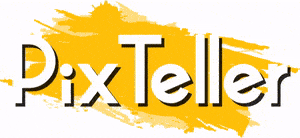9 Follow-Up Emails SaaS Should Use
When you sign up for something, what immediately follows? You get emails welcoming you to a website or app, and either remind you to activate your account or consider making a purchase. Either way, SaaS makes sure that you're in the loop… or at least, it should.
Unfortunately, most SaaS startups tend to focus more on customer acquisition rather than look at how they're going about it. Thus, there may be a disconnect between company and customer.
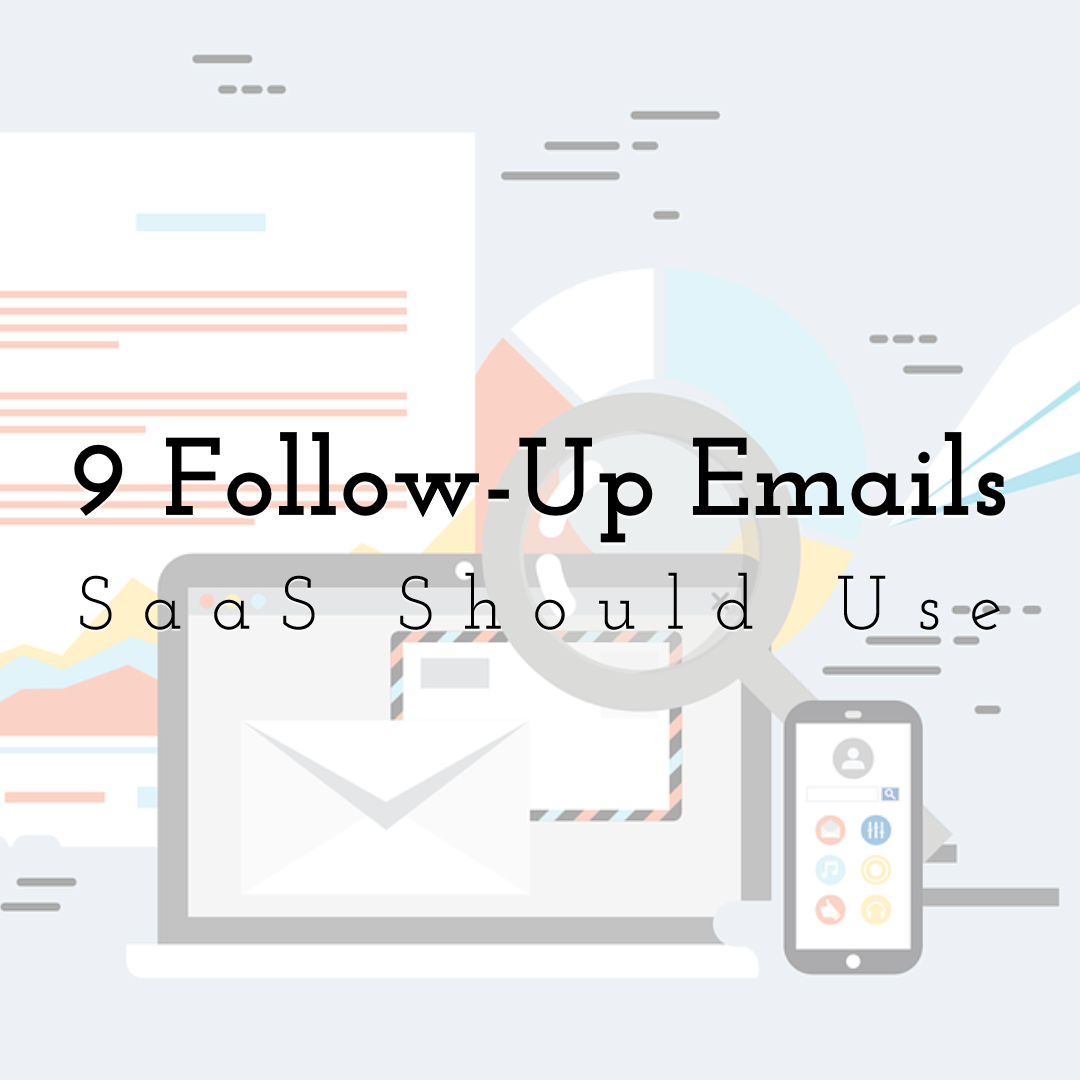 Design beautiful visuals for your emails with PixTeller
Design beautiful visuals for your emails with PixTellergraphic editor & animation maker
Don't let that be you!
In this article, we'll look at the nine Customer Success emails that your SaaS needs to send out to customers.
Just keep in mind: there is a right and wrong way to go about sending these emails. So, let's read on!
-
1. Welcome Email
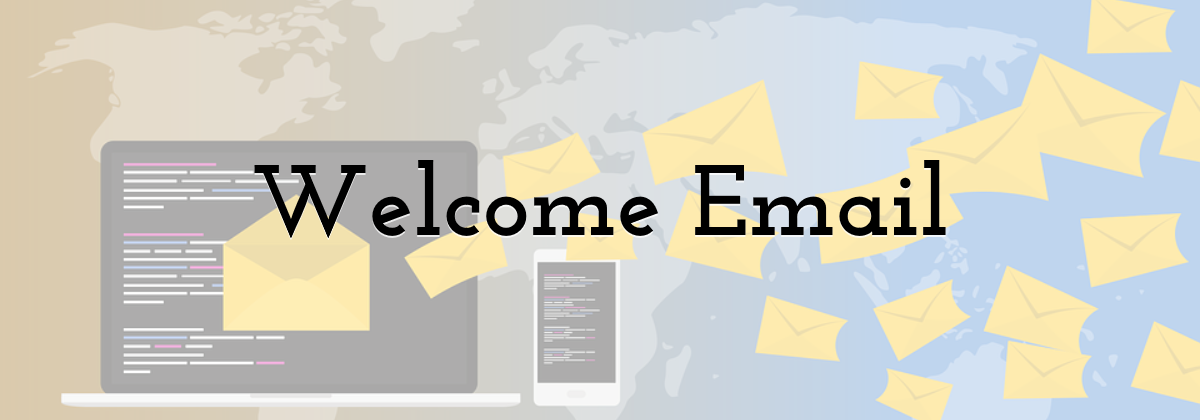
"Welcome emails not only let you set the tone of the relationship with your prospective customers, but they also help you gain a good reputation as a brand," says Gabrielle Bohn, a business writer at UKWritings and Essayroo. "Therefore, it's best to start on the right foot when sending your welcome email to customers. In this way, you and your brand will be establishing a healthy relationship with people."
When composing the Welcome email, keep the following objectives in mind:
- • First, introduce the customer to your brand (Greet them like you would if you were with them in person).
- • Next, set the mood (the scenario and why the reader should care).
- • Then, introduce the product.
By warmly welcoming the reader and staying conversational throughout the email, you'll make the customer more comfortable about trying out your product.
Though, sometimes, the Welcome email can be split into two separate emails: the main Welcome email and the Activation email (which we'll explore next on this list).
-
2. Activation Email
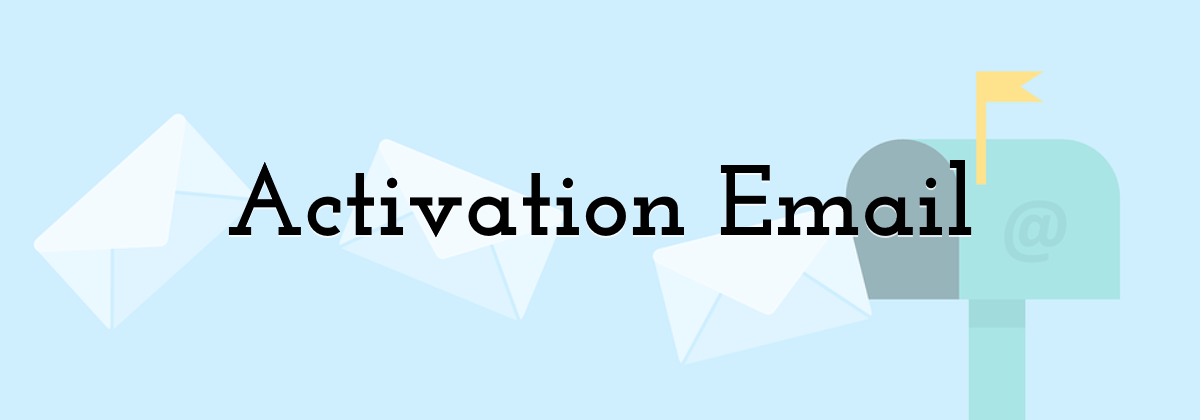
Whenever a user creates an account on your website, it's important to first acknowledge their sign-up with a follow-up email. That's where the Activation email comes in!
With this email, you're letting customers know that they've started the process in creating their account and that all they have to do is click a link in the email to activate that account with the credentials used to create it.
This is why the Welcome email is usually split into two emails because you're giving users enough time to get comfortable with using your website with a created account. So, to make the activation go smoothly, you have to be patient when sending these two emails. If you try to bombard users with both all at once, then they'll get discouraged from signing up in the first place.
-
3. The Educational/Tutorial Email
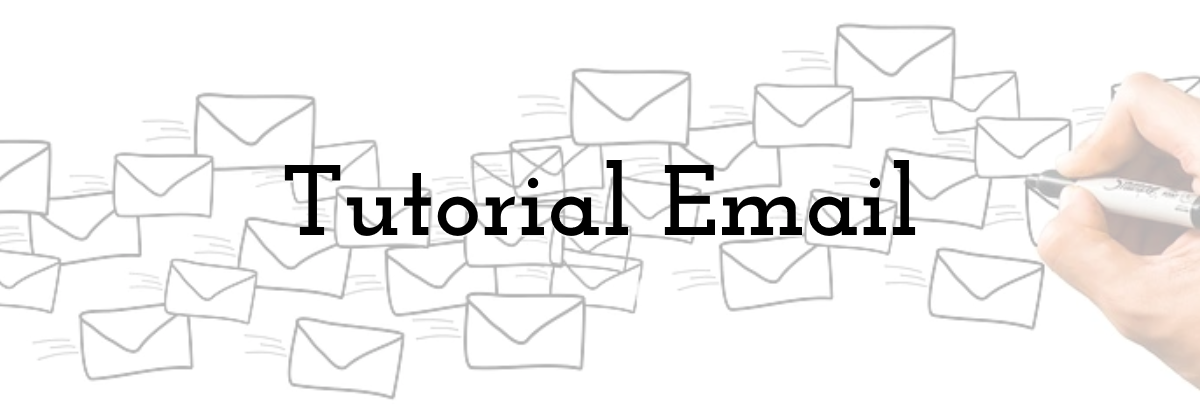
Educational videos and tutorials tend to attract a lot of eyeballs on the Internet because people like to know how to use a product and or make the most out of it with tips and tricks.
Therefore, take advantage of the use of educational videos and tutorials by sending emails about the latest videos on your product(s): the basics, the hacks, how your product is different than your competitors, etc. By sending customers these emails, you're showing that you care about them and that you appreciate their curiosity in getting to know your product(s).
-
4. The Testimonial Email
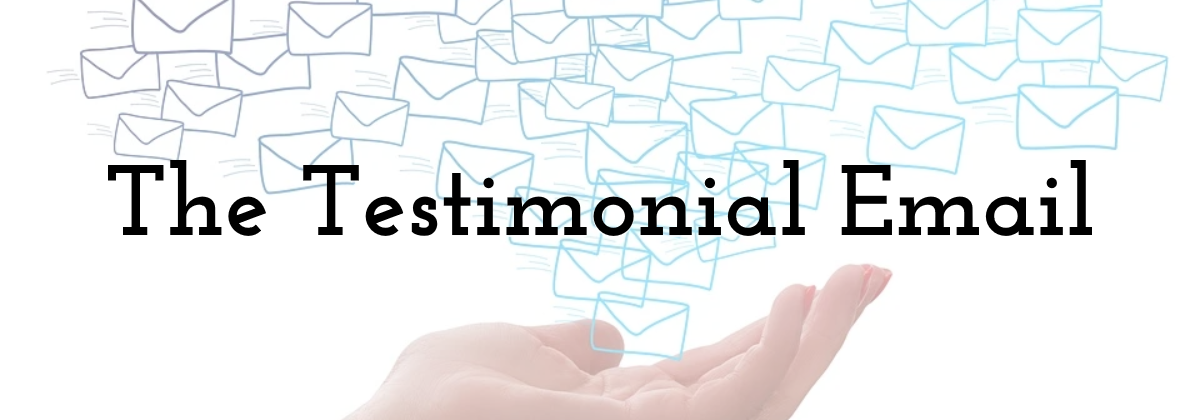
A sweet thank-you message is one of the things that customers appreciate, whether in-person or via email. So, why not let them share their appreciation for your brand?
As for the rest of the public, they want to know whether they can trust your brand or not. Therefore, why not invite your current customers to provide a testimonial (written or video) and share it on your site?
The Testimonial Email allows customers to have a voice when it comes to talking about your product, and not just leave a review on it. This also allows people to see the transparency in your brand, which is something that customers (current and potential) want to see in a company. As a result, it'll be a rewarding experience for both you and your customers.
-
5. The Transaction
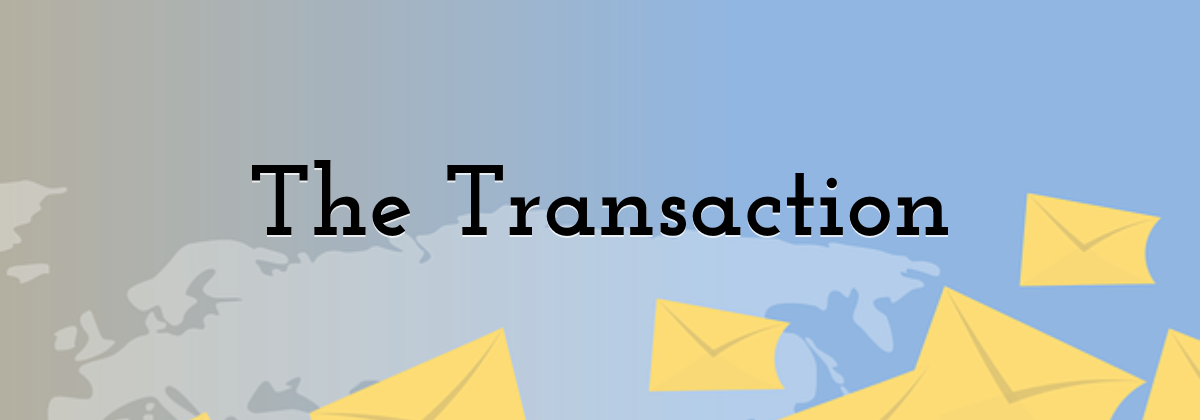
When a customer buys something, then they expect to be notified on the purchase. That means sending the customer their receipt, the order number, the information for what they had bought, the estimated delivery date, etc. You can even let them know of their account credentials, as well as daily status updates (if applicable), with this email.
With the Transaction email, you're driving customer engagement by letting them know of their order and the status of it. And, if customers have any questions or concerns, or if they want to cancel an order, then they would have all the information that they need to carry out the inquiry. Therefore, make sure that you have all their credentials presented to them so that inquiries can go smoothly on both ends.
-
6. Drips

When doing a drip sequence, it's best to go with automation. However, even automation can annoy your customers when improperly executed.
Drip sequences are usually executed when following both a welcome and an activation email. SaaS assumes that the customer is interested in more emails, once he or she signs up and creates an account on your site. And, since these sequences are predetermined, emails can be sent out either daily, weekly, or monthly, depending on how you want SaaS to send them.
But in order to do this correctly, you need to nurture leads, not bombard them with sales pitches. The goal here is to provide solutions to their problem(s), not be the problem. Show customers what you have to offer by listening to their needs, and then recommend the product(s).
People will look to you to solve their problem; so, your best bet is to become the expert of your product and be able to answer any questions that they might have on it. This creates customer retention, because you're nurturing your relationship with your customers by taking it one step at a time, and not rushing things.
As for selling your product, try to keep that to a minimum. In fact, just a simple P.S. at the end of the email is more than enough, because the bigger pitch is normally reserved for the very last email in the sequence. If you try to force things to happen, then your nurturing phase of the sale will backfire on you. So, take your time, and enjoy the ride!
-
7. Feedback Invites
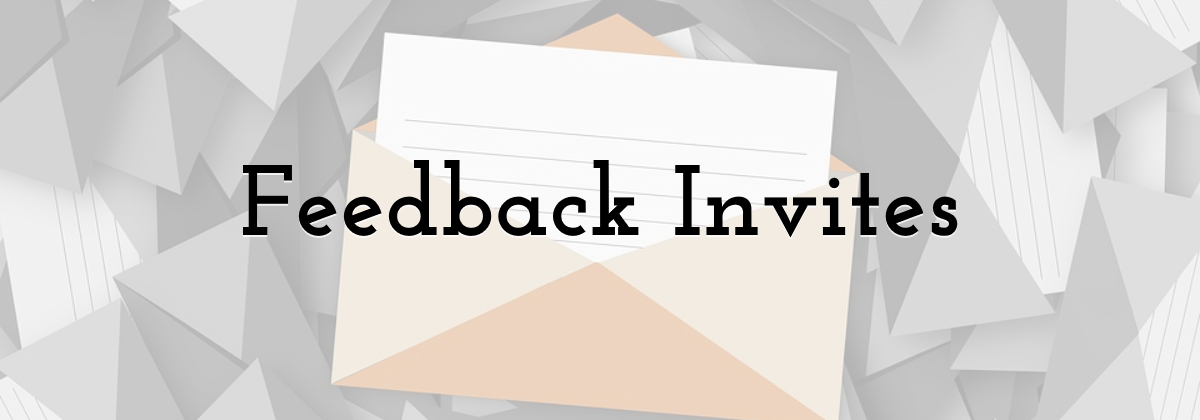
Feedback from customers is a good thing because it lets you know how your product is doing, and what you can do to improve them. Therefore, it's important to encourage your customers to offer you any feedback that they might have because, in the end, their voices should matter. That's where the customer feedback emails come in!
Rather than leave them to write their reviews online, encourage them to voice their opinions with Feedback Invites. Feedback emails can come in the form of a survey that customers can take by clicking a link in the email.
Once they access the survey, then they're free to leave any feedback for you. Not only does this give customers a voice, but it also strengthens that bond that you have with them by letting them know that you're listening to them.
-
8. The Promotional Email
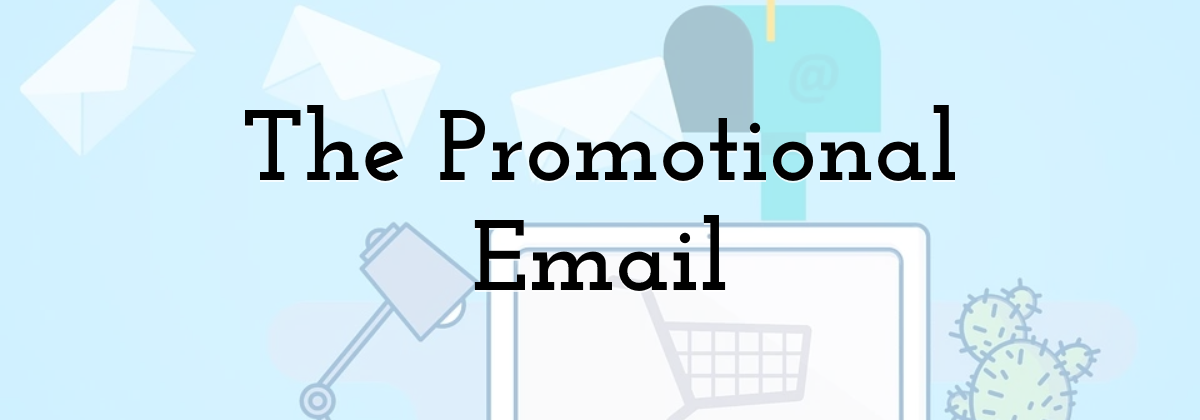
Promotions and offers can sound enticing to customers. In fact, customers want to see exclusives, discounts, and or user-specific celebratory offers sent to them. So, why not send them promotional emails to keep customer retention going? Treat them as if they were part of a VIP group (which they should already be).
For example, birthday emails are a great way to get in touch with customers by sending them a celebratory email with exclusive offers and discounts handed to them to use towards products online. And while you're at it, you can write a simple, friendly message: "Let's give you some more 'happy' for your birthday!" In this way, you make the customer feel special, thus fostering a personal relationship with them.
"Basic segmentations like the birthday emails can help you nurture customers in taking further action on your site. Just as long as you send out these emails to the right people, it's a great way to keep the company-customer bond strong," says Ian Oliver, an email expert at Academized and Simple Grad.
-
9. The Personal Email
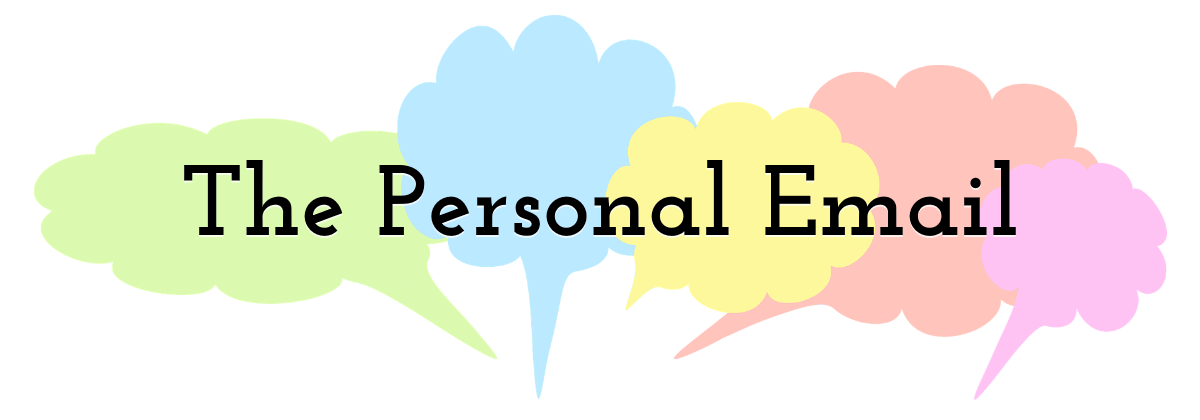
People like to feel special when buying or being sent something, and the same should be true with your email. Personal emails are used when you would like to communicate with customers one-on-one and provide customizable service(s) to them.
Having a conversational attitude is important because it prevents the pesky disconnect – in other words, you sound more human to them rather than robotic. While automated personal emails are okay, taking the time to update such emails is key, so that they won't lose their authenticity.
Conclusion
So, if you want to maximize customer retention, boost your conversions, and not be a slave to the boring churn of emails going from your SaaS app/site to the recipient's Trash folder, try out these nine follow-up emails, and let them work for you.
Remember, SaaS is a business model, not a product category, meaning that your app or site – is customizable (dependent on the customer and their needs). And by sending them courtesy follow-up emails, your customers will thank you for them.
Until next time, Be creative! - Pix'sTory made by Katherine Rundell
Katherine Rundell writes at Top Custom Writing Service and Essay Services. As an e-learning consultant, she has been involved in many projects like Top Australian writing services and has led discussions on management, marketing, and finances.
Recommended posts
-

The Visual Side of Product Marketing: Turning Features into Stories
Read More › -
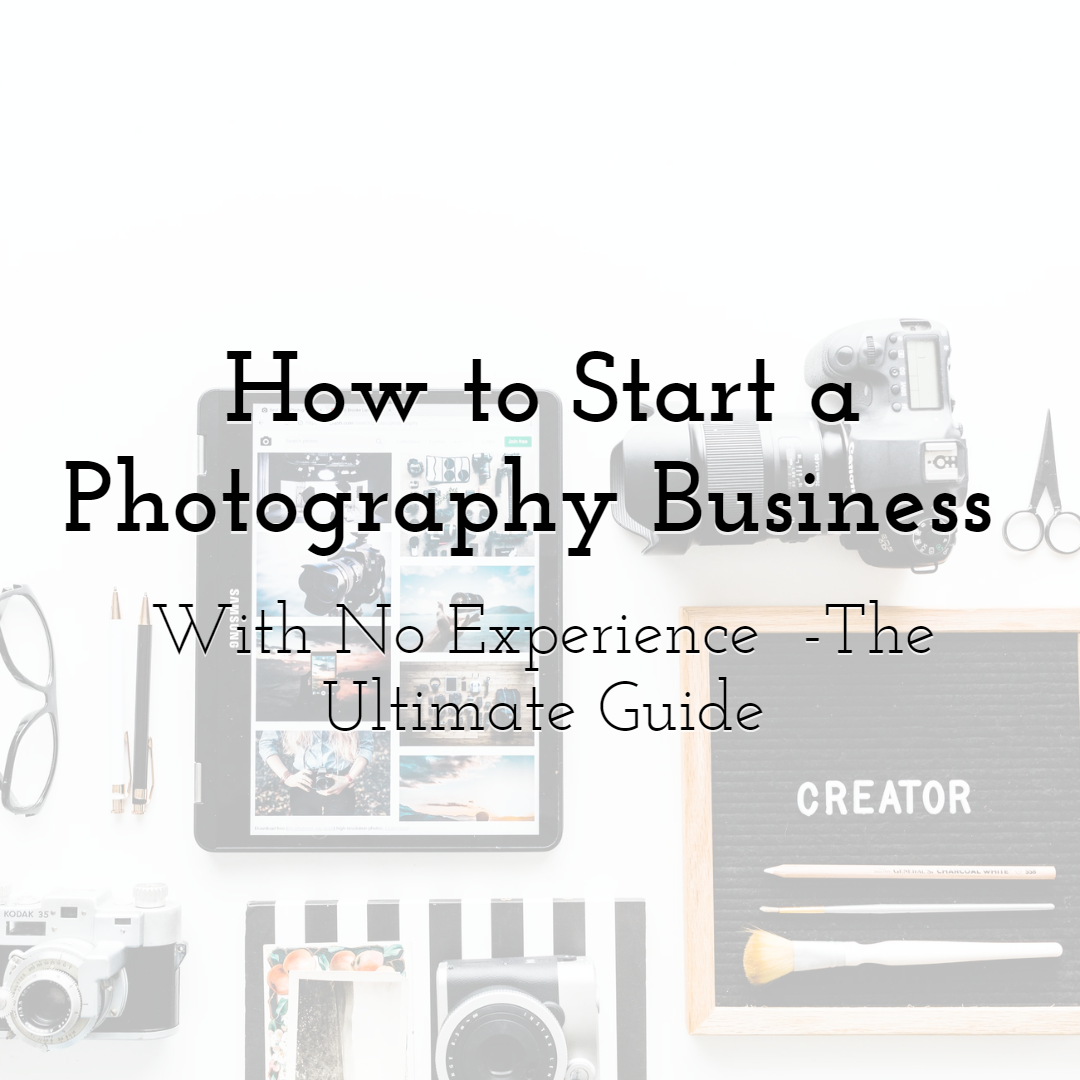
How to Start a Photography Business With No Experience - The Ultimate Gui...
Read More › -
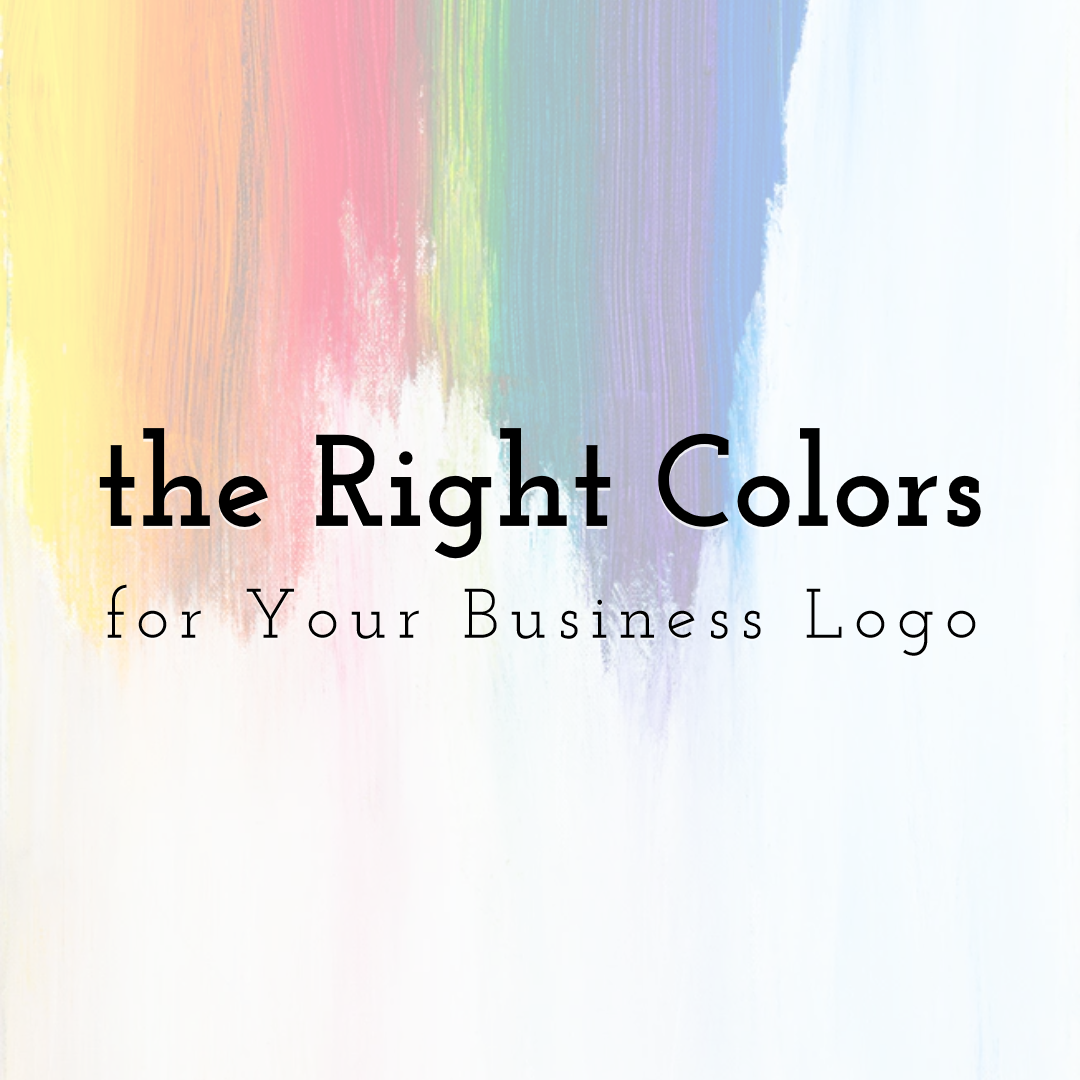
How to Choose the Right Colors for Your Business Logo
Read More › -
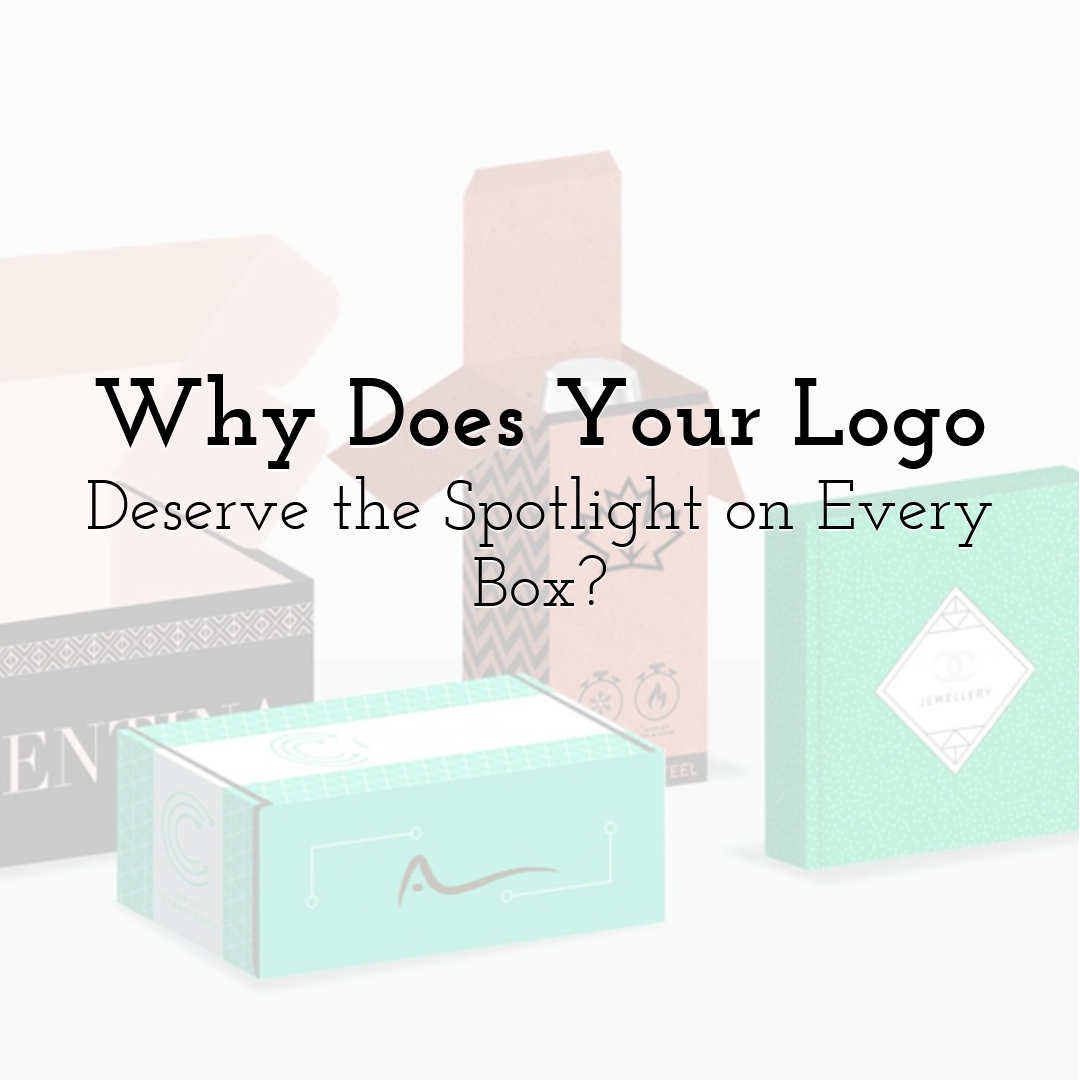
Why Does Your Logo Deserve the Spotlight on Every Box?
Read More › -
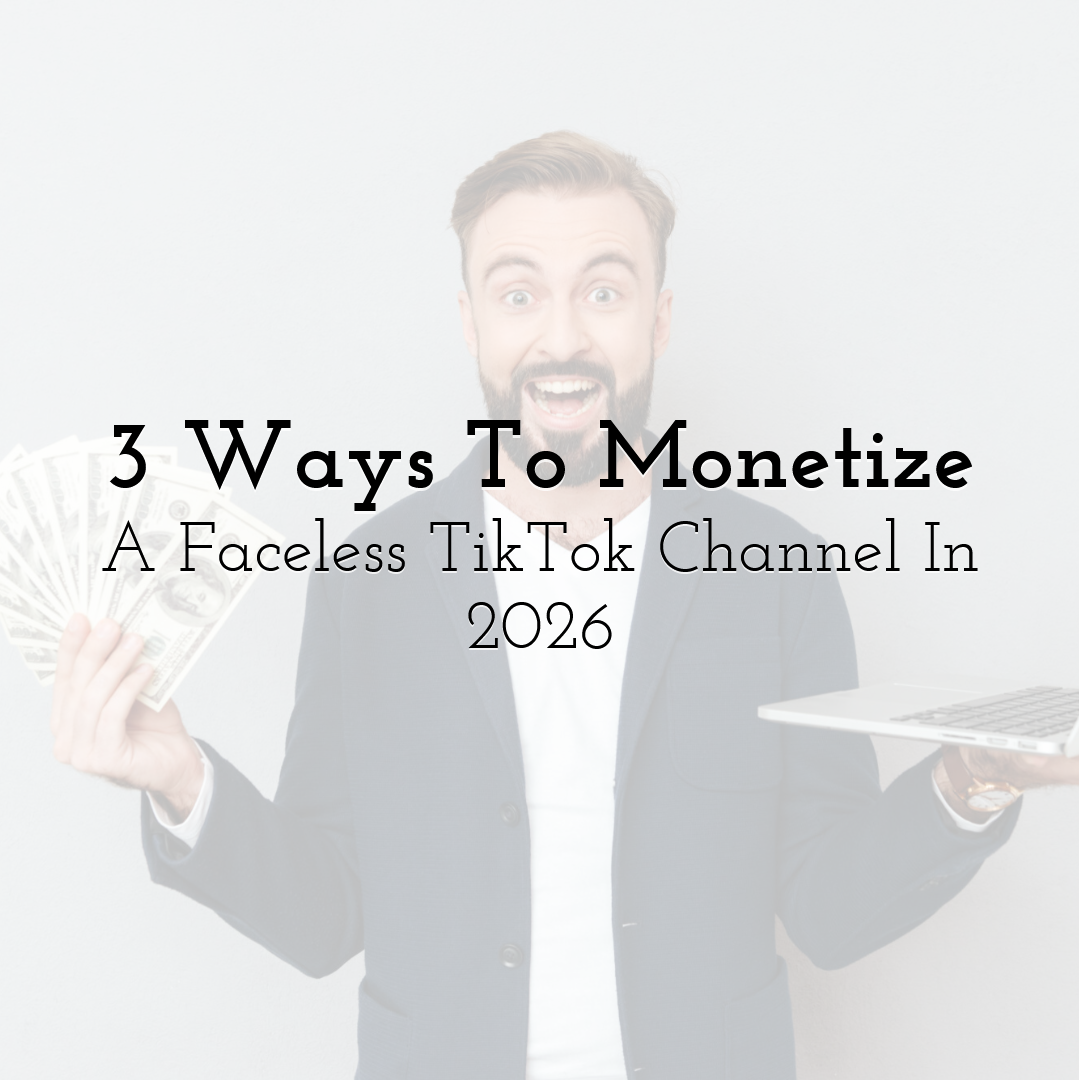
3 Ways To Monetize A Faceless TikTok Channel In 2026
Read More › -
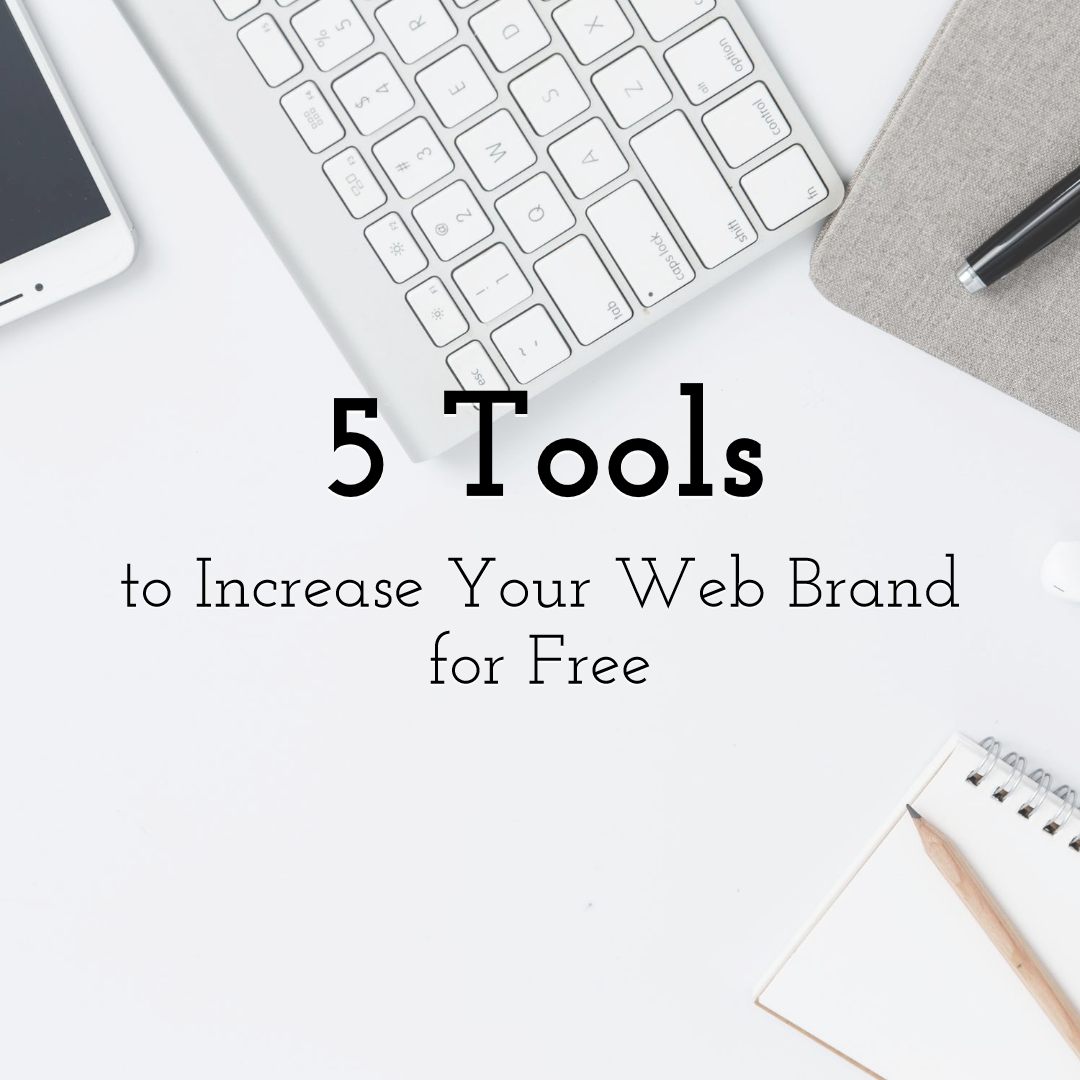
Five Promotional Tools that You Can Leverage for Free to Increase Your We...
Read More ›
